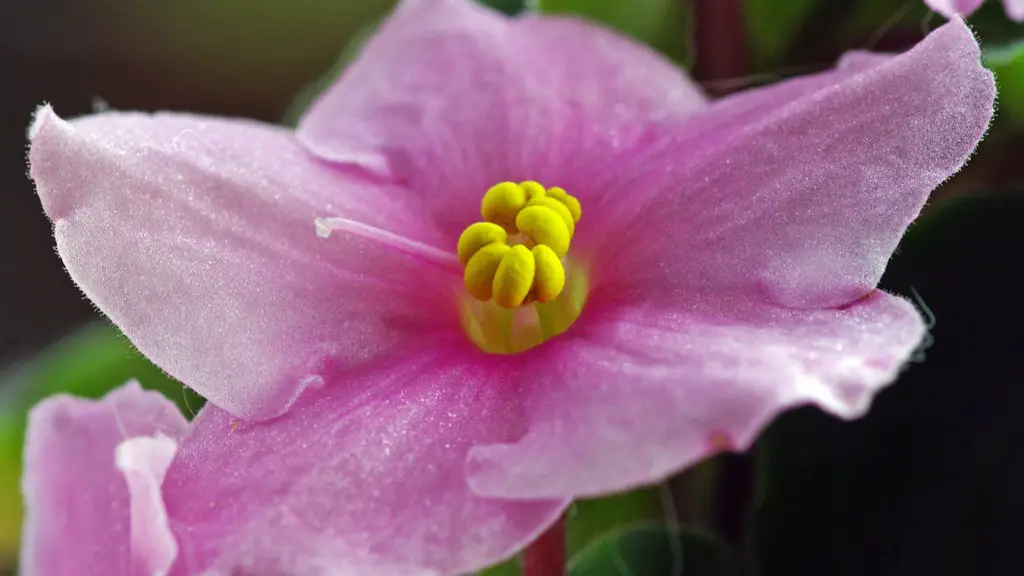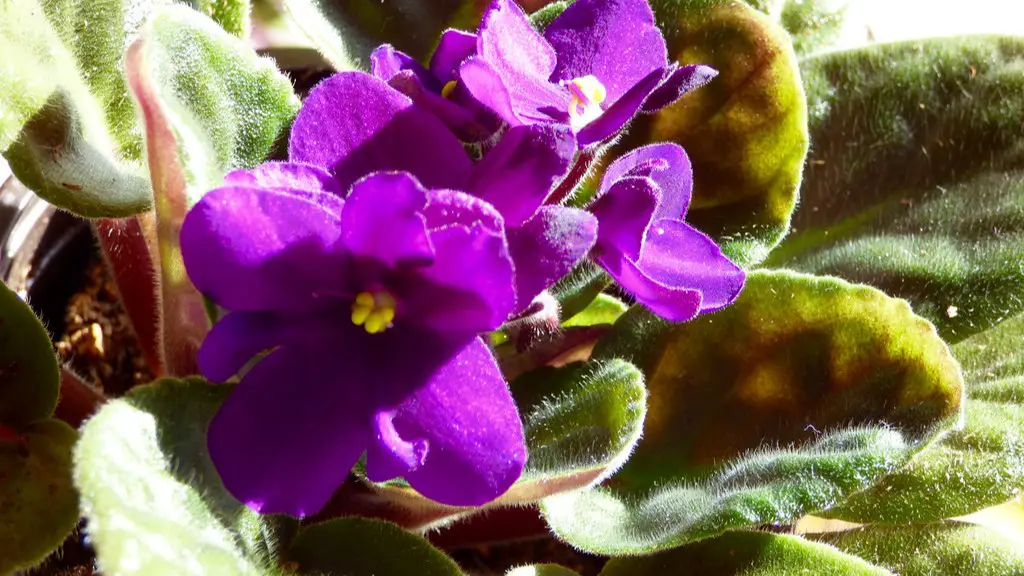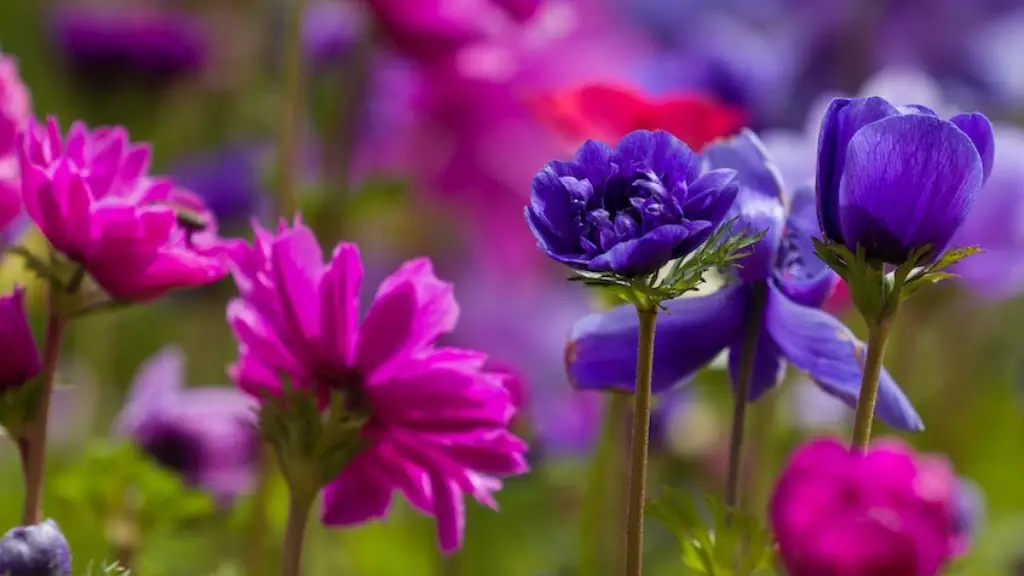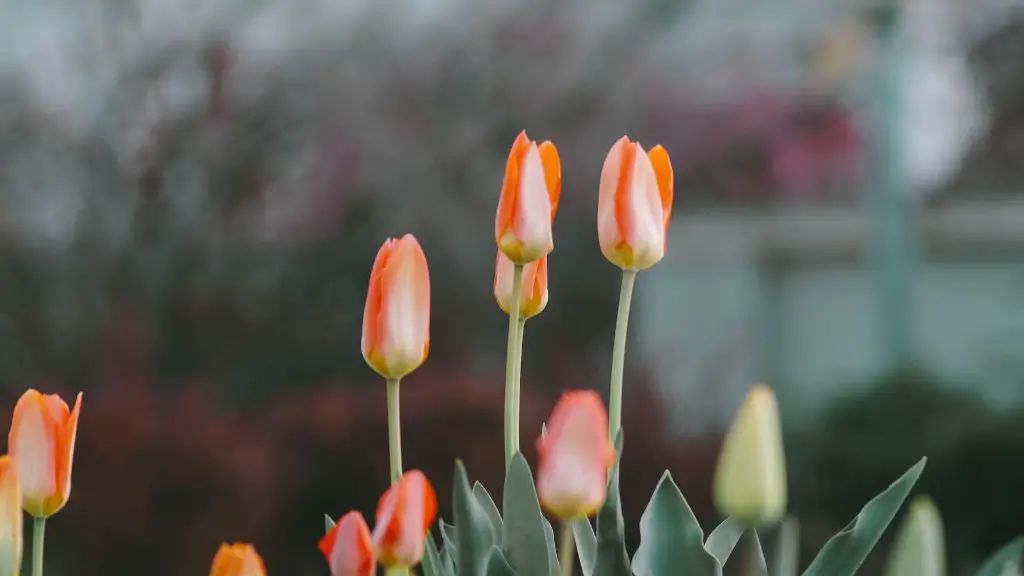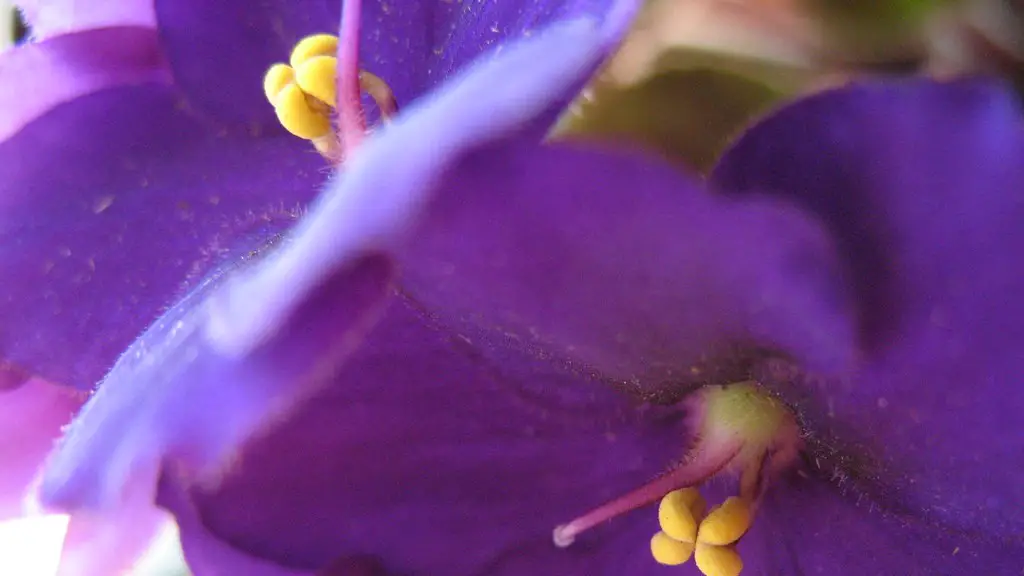African violets are small, soft-stemmed plants that are native to Africa. They are part of the Gesneriaceae family, which includes species such as Streptocarpus and Episcia. African violets typically have purple or blue flowers, but they can also be white, pink, or red. The leaves of African violets are often variegated, or have different colors on them.
African violets are popular houseplants because they are easy to care for and they bloom all year round. To crossbreed African violets, you will need two plants that have different colored flowers. Pollinate the flowers of one plant with a small paintbrush or cotton swab, and then transfer the pollen to the other plant. Within a few weeks, you should see new flowers growing on both plants.
African violets can be challenging to cross-breed because they are self-pollinating. This means that the pollen from the male flower will typically pollinate the female flower on the same plant. In order to successfully cross-breed African violets, you will need to carefully control the pollination process.
Here are some tips for cross-breeding African violets:
1. Choose healthy African violets that are of similar size and have shown consistent growth.
2. Pollinate the flowers early in the morning when the stamens are fully extended and the stigma is receptive.
3. Use a small paintbrush or cotton swab to transfer pollen from the male flower to the female flower.
4. Cover the pollinated flowers with a small paper bag or piece of muslin to prevent further pollination from happening.
5. Check the flowers after a few days to see if pollination was successful. You should see small swellings on the ovaries of the female flower if pollination occurred.
6. Allow the flowers to develop and ripen into seed pods.
7. Collect the seeds from the ripened seed pods and sow them in sterile potting mix
How do you cross pollinate violets?
Pollen sacks are typically located on the underside of the flower, and can be removed with your finger. Using a sharp knife, cut open the pollen sack to expose the pollen. The flower from the other plant should be a relatively younger flower that has been open for about 2-4 days.
If you want to encourage more variegation in your African violets, make sure you are providing enough light. Variegated leaves need bright, indirect light to maintain their coloration. If your plant is not getting enough light, the leaves will revert to all green.
Second, keep an eye on your watering schedule. African violets need to be kept moist, but not soggy. Overwatering can cause the leaves to turn green.
Can African violets combine
The African Violet Society of America does not recommend crowding more than one African violet in a single pot for a variety of reasons. Overcrowding can lead to problems with drainage, soil quality, and air circulation, which can in turn lead to problems with the health of the plants. African violets need well-drained, sandy soil in order to thrive, and crowded conditions can make it difficult for the roots to get the oxygen they need. Crowding also increases the risk of disease, as pathogens can spread more easily in close quarters. Finally, crowded conditions can make it difficult to give each plant the individual attention it needs in order to thrive.
Yes, it is possible to cross different plants of African violets to get new varieties. All you need are two different African violets in bloom at the same time. To initiate the cross, use tiny manicure scissors to clip open one of the yellow pollen sacs in the center of a fully open flower.
How can I tell if my African violet is male or female?
African violets are beautiful plants that come in a variety of colors and patterns. They are easy to care for and make great houseplants. African violets can be propagated by taking leaf cuttings, which is a great way to create new plants for gifts or to add to your own collection.
It’s easy to root African violets in water using a leaf. You can take the leaf from your existing African violets, or even from a friend’s plant.
Can you force a plant to Variegate?
There is no guarantee that the plant will survive the process, and even if it does, the results might not be what you’re hoping for. So, while technically possible, forcing a plant to variegate is not recommended.
This is a method for providing African violets with essential magnesium and sulfur, two minerals needed for producing beautiful blooms and healthy foliage. To do this, mix one and a half teaspoons of Epsom salts in a quart of tepid water and swirl to dissolve. Then water your African violets (below the leaves) with this solution once a month.
Can you encourage a plant to Variegate
A variegation is a special type of plant coloring, which can’t be induced easily. The best way to get a variegated plant is to get a cutting from a friend or pass your plant on to someone else.
African violets grow best in a well-drained, slightly acidic soil. Miracle-Gro® Indoor Potting Mix is specially formulated to provide indoor plants like African violets with the right growing environment. By using this potting mix, you can help ensure that your African violets get the nutrients they need and the drainage they require to thrive.
What is the lifespan of African violet?
African violets are a type of flower that can last up to 50 years. Repotting them is important in order to prolong their lifespan.
African violets and rex begonias are two of the easiest plants to propagate from leaf cuttings. You can use whole leaves or even just parts of leaves to propagate either of these plants. Because a detached begonia or African violet leaf will wilt quickly, it’s important to have your pot of soil ready before you take the cutting.
What pollinates an African violet
African violets are a type of flower that is adapted for bee pollination. The shallow cup-shaped flower gives a bee ready access to the center of the flower, where the pollen is prominently advertised by the large, bright yellow anthers against the blue corolla. The attraction for bees is the pollen, which is a necessary component of their diet.
African violets can bloom nearly year-round if you are able to provide the correct conditions. Expect your African violets to bloom 10-12 months each year, with each bloom lasting for about 2-3 weeks.
Can African violet reproduce asexually?
African violets are amazing flowers that can reproduce asexually with the help of other organisms, such as humans. The process is quite simple: the organism cuts off a piece of the violet and places it on damp soil, where it will create a new bud that is genetically identical to the original flower. This process is an excellent way to propagate these beautiful flowers, and it’s something that anyone can do at home.
When potting your African violet, be sure to choose a pot that is on the smaller side. This will help keep your plant healthy and allow it to flourish. Professional Tip: If you have a standard African violet plant, your starter pot should be about 3-4 inches in diameter.
Conclusion
1. Select two African violets that you want to cross breed. Make sure that the violets are healthy and free from diseases.
2. Cut a small piece of stem from each violet. Use a sharp knife to make a clean cut.
3. Place the cuttings in a plastic bag. Add a few drops of water to the bag.
4. Seal the bag and place it in a warm, dark place for 24 hours.
5. After 24 hours, remove the cuttings from the bag.
6. Use a sharp knife to make a small slit in the stem of each cutting.
7. Insert the stem of one cutting into the slit of the other cutting.
8. Bind the two cuttings together with a piece of string or wire.
9. Place the bound cuttings in a pot filled with African violet potting mix.
10. Water the potting mix and place the pot in a warm, sunny location.
11. After a few weeks, you should see new growth on the cuttings. Once the new growth is about 4 inches long, you can remove the string or wire.
12.
African Violets can be crossed by using the following methods: 1) Select the parents – Choose two African Violets that have contrasting colors or different flower shapes. 2) Pollinate the flowers – Remove the petals from one of the flowers and use a cotton swab or small brush to transfer pollen from the stamen of the first flower to the pistil of the second flower. 3) Label the African Violets – Once the flowers have been pollinated, label them with the name of the parent African Violets. 4) Wait for the flowers to fade – The flowers will fade and eventually fall off the African Violets. 5) Remove the seed pods – Once the flowers have fallen off, remove the seed pods and store them in a dry, dark place. 6) Plant the seeds – Plant the seeds in a pot or tray filled with African Violet potting mix. 7) Wait for the African Violets to bloom – The African Violets will bloom in 6-8 weeks.
